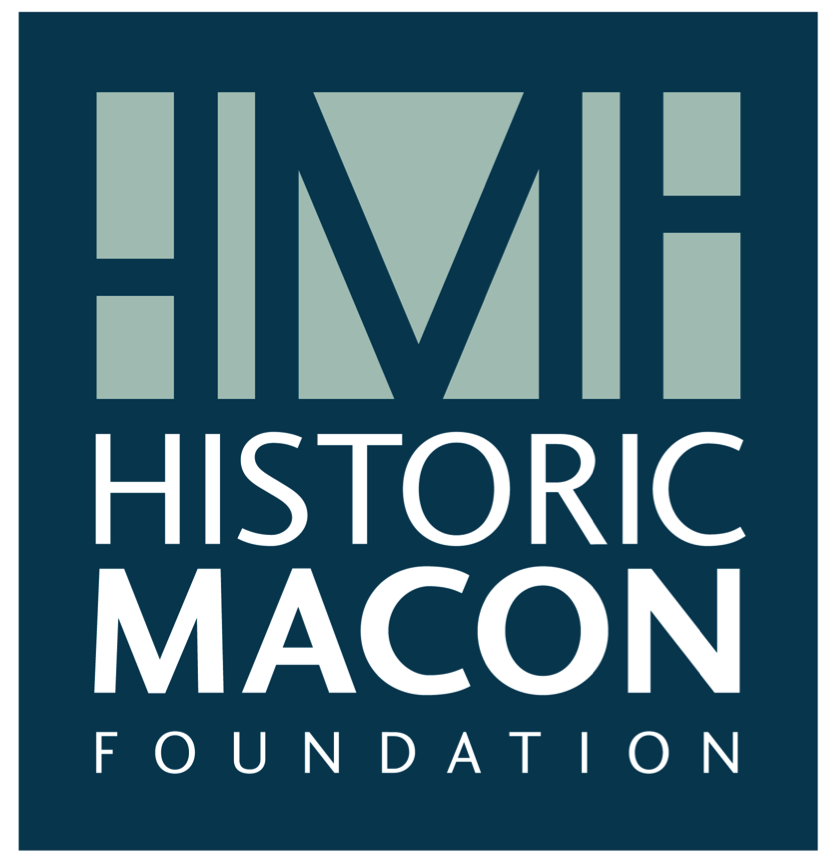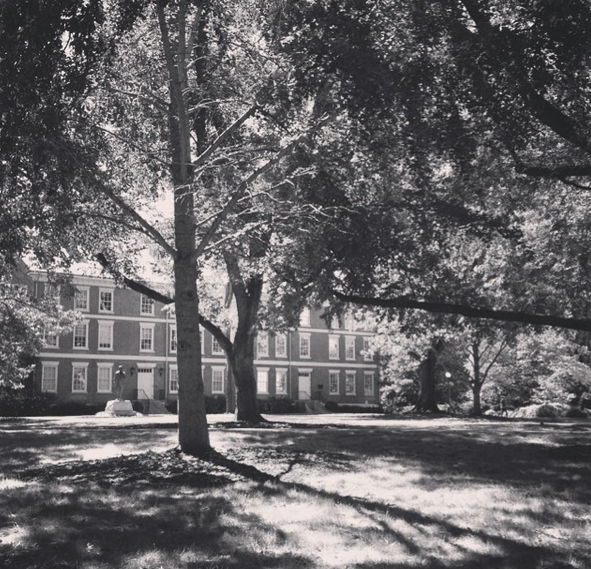by Lauren E. Mauldin
Ever since I could remember, I’ve always been fascinated with old things, especially historic buildings. Whether it was walking through New Orleans antique stores as a four-year-old, taking family vacations to places like Colonial Williamsburg and Charleston, or studying history in college, my passion for historic preservation has evolved throughout the years.
My family and I (I’m the short one) look so thrilled… Was this supposed to be a family pic or just an excuse to take a picture of this New Orleans building? Who knows?
Make Up Your Mind Already
For years leading up to college, I wanted to study historic preservation, but decided to be slightly more practical and study journalism (emphasis on slightly). Well after a few months, I discovered I hated journalism, switched my major to Advertising, and decided to add History as another major.
Clearly, I had absolutely no idea what I wanted to do.
But, I was still interested in preservation. Living in a place like Athens, with its plethora of historic buildings, I was always aware of preservation. My senior year, I took a graduate-level Introduction to Historic Preservation class, where I confirmed I wanted to work in preservation. That semester, I applied to graduate schools.
How can you not fall in love with UGA with its wonderful historic North Campus? Credit: Lauren Mauldin
Grad School: Is This Real Life?
The city of York (my home for a year) as seen from the medieval city walls. Credit: Lauren Mauldin
I decided to study Conservation Studies at the University of York in the United Kingdom. Because, what better place to study preservation than in England, where there is literally a historic building everywhere you turn? (Or, that’s at least what I told the Customs Officer…) Studying in York was absolutely one of the most surreal experiences of my life. With built heritage dating from the Romans, York was a living, breathing laboratory for an enthusiastic conservation student. I lived within the shadows of York Minster, studied in a medieval monastery, and researched and wrote about a beautiful Georgian town house for my dissertation. My work at York taught me that historic buildings are reflective of each generation’s changing attitudes to design and living and ongoing preservation efforts provides a medium to foster continual change.
Me during a scaffold tour of repairs to Holy Trinity Goodramgate with the Minster in the background.
Today: Getting to Work
It may have taken a little bit of time for me to finally realize that I wanted to pursue preservation as a career, but I’ve never looked back. Ultimately, I believe preservation is more than stately grand mansions and house museums. Preservation can serve as an impetus for community revitalization. Using preservation tools and incentives leverages the feasibility and success of communities, which is clearly evident in Beall’s Hill. It is this exciting and innovative work in Beall’s Hill that attracted me to Historic Macon Foundation. As Loan Fund Manager, I enjoy reinforcing our preservation and revitalization work, whether it is through façade loans, down payment assistance, or easement monitoring. Ultimately, I see our work as crucial to ensuring continued use and preservation of these historic buildings for future generations.




